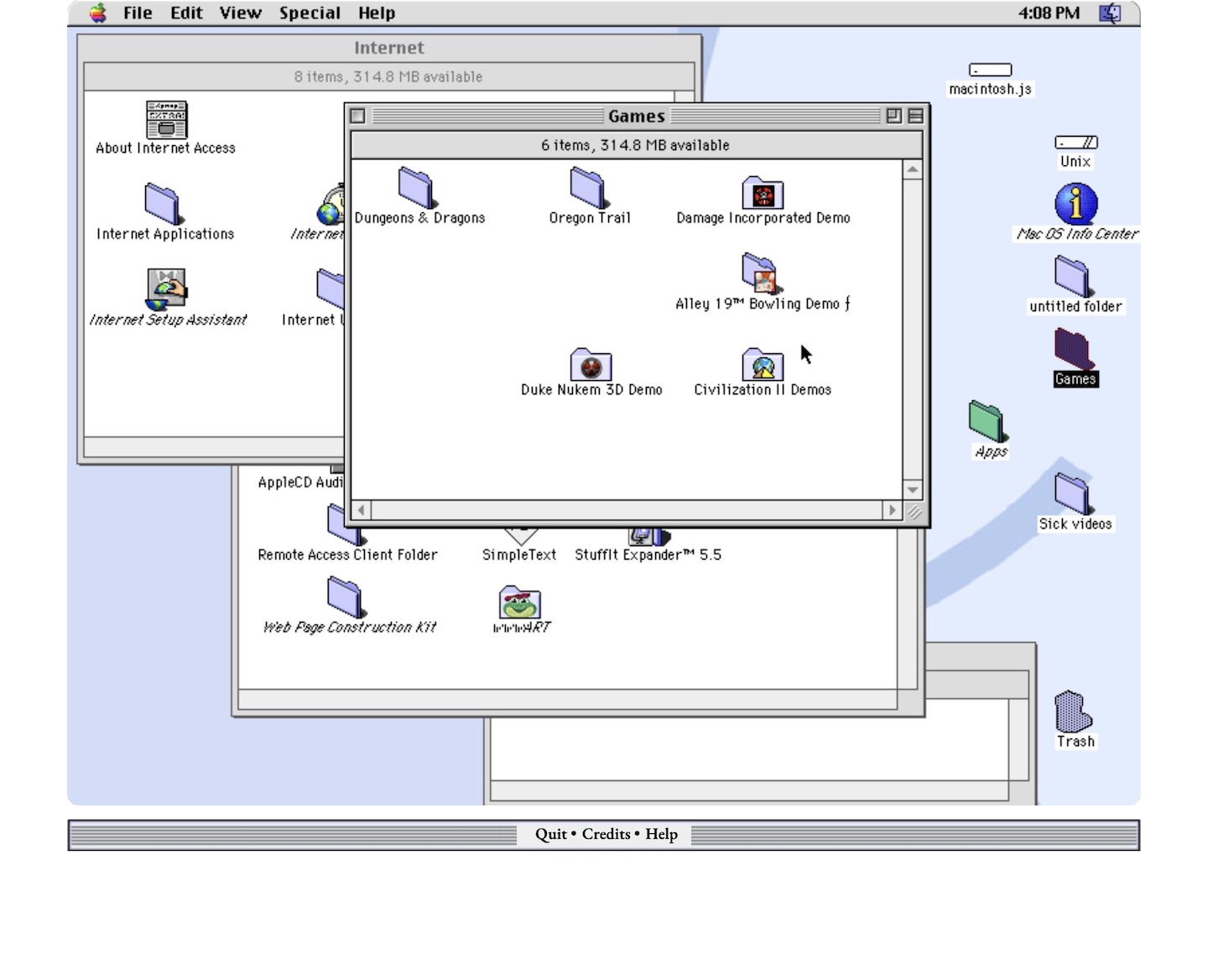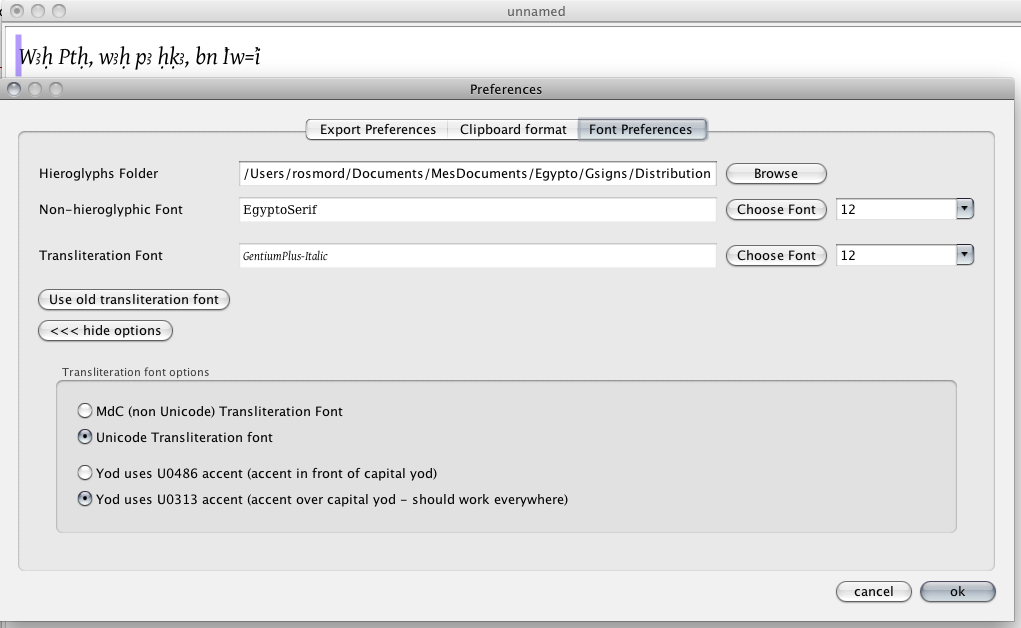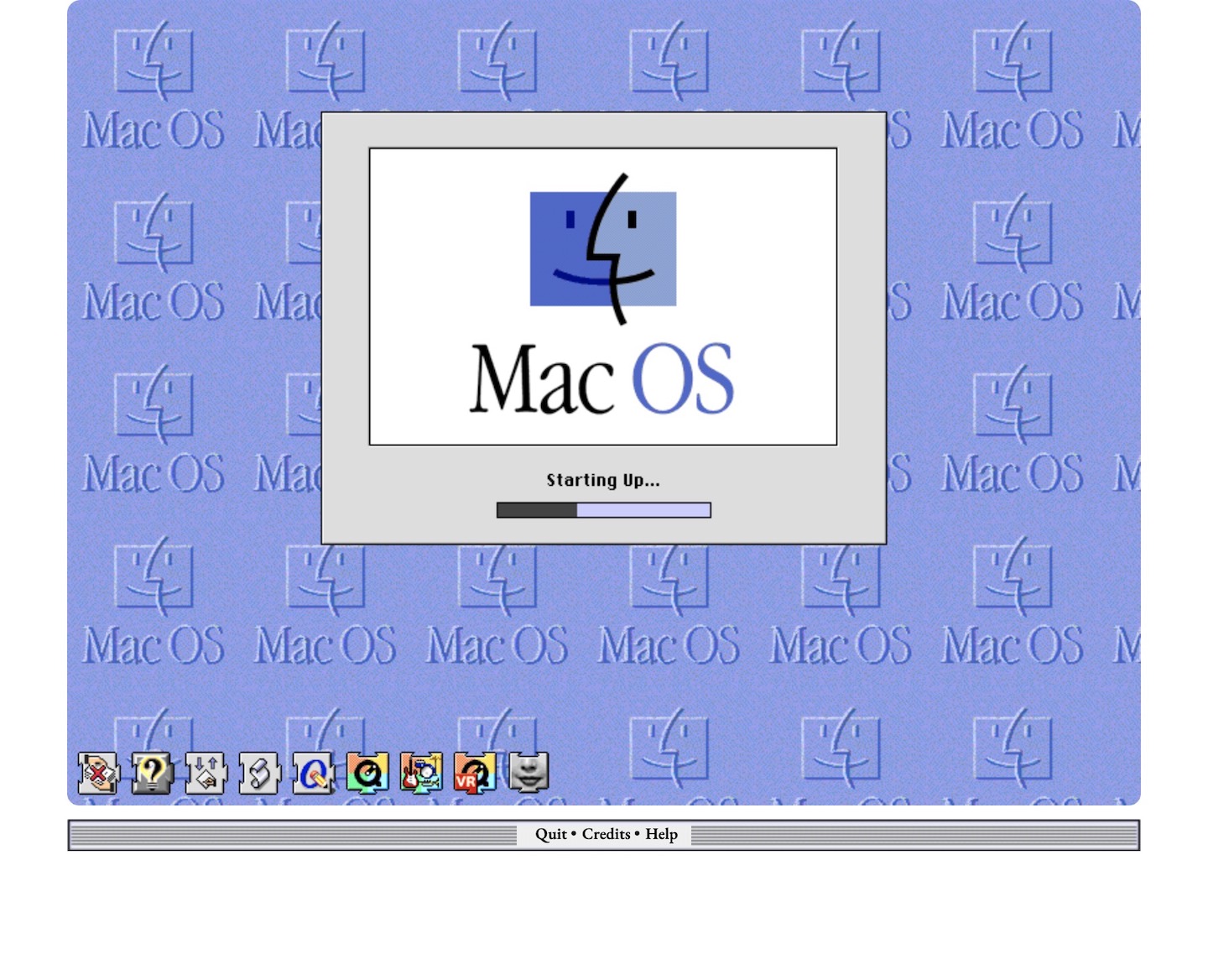

These programs are intuitive, so new users should find the keyboardĮasy to learn and use as well (see Methods for Typing Hieroglyphs for more about available typing methods). This keyboard emulates MdC editors as much as possible in order to be accessible to users familiar with other programs. It is designed to bridge the gap between theĪvailable hieroglyphic editors, which encode hieroglyphs using the Manuel de Codage standard ( MdC), and the websites and programs designed for basic fonts, which will almost certainly never support the complexįormatting needed to properly display Ancient Egyptian. This keyboard provides a quick and easy way to enter Ancient Egyptian Please note that this only works if your pictures have been pasted from version 2.Created by Christian Casey for Right Said Languages Overview Note that you can select more than one picture:Īnd you will get one line by picture in JSesh: Now, the correct way to select the picture is to click in front of it in the text and to drag with the mouse.Īlternatively (and with less dexterity), you can select the picture by moving the text cursor in front of it and then pressing “shift” and one of the keyboard arrows (it's way simpler to do it than to describe it). The direct selection of a picture will result in an (innocuitous) error message: Note that in the “good” selection, the picture is outlined in black. This won't happen if you directly select the picture: We want Neooffice to send RTF text (with the picture embedded in it). Text pasted in EMF in Neooffice can then be pasted back in JSesh: If you configure your cut and paste option to use the RTF format and if you chose EMF as the picture format (see above), you will be able to paste back your hieroglyphs into JSesh.įirst, you must select “EMF” as the copy format to use.
#Jsesh for mac windows
It works also with Openoffice on Windows and Linux (but it seems to fail with Openoffice 3.1.1 on Mac).

This chapter describes manipulations made on a macintosh using Neooffice as word processor. But I needed to explain it, because it depends on a number of factors:

Of course, this is more or less automatic. When the picture is pasted into JSesh, one can simply extract the code.
#Jsesh for mac pdf
Basically the trick (also used in a few other hieroglyphic editors, like MacScribe) is to use the comment field available in some picture formats (like PDF or EMF), and to put the manuel de codage text in this comment field. However version 2.11 of JSesh provides a poor man's version. This is not possible with JSesh, as this kind of capabilities are very system-specific (If you really need it, I understand that it's well supported in Inscribe). You copy/paste a document from your hieroglyphic editor into Word, and then if you double click on the pasted picture, it will open the hieroglyphic editor, so that you can change the text.
#Jsesh for mac mac os
On windows (and on Mac OS prior to Mac OS X), there is a feature called “Object linking and embedding”, wich is more or less an intelligent cut and paste. It would be a welcome contribution to JSesh's site)

If someone is able to write the same explanations in a clearer way, (I'm sorry, this part is a bit technical.


 0 kommentar(er)
0 kommentar(er)
